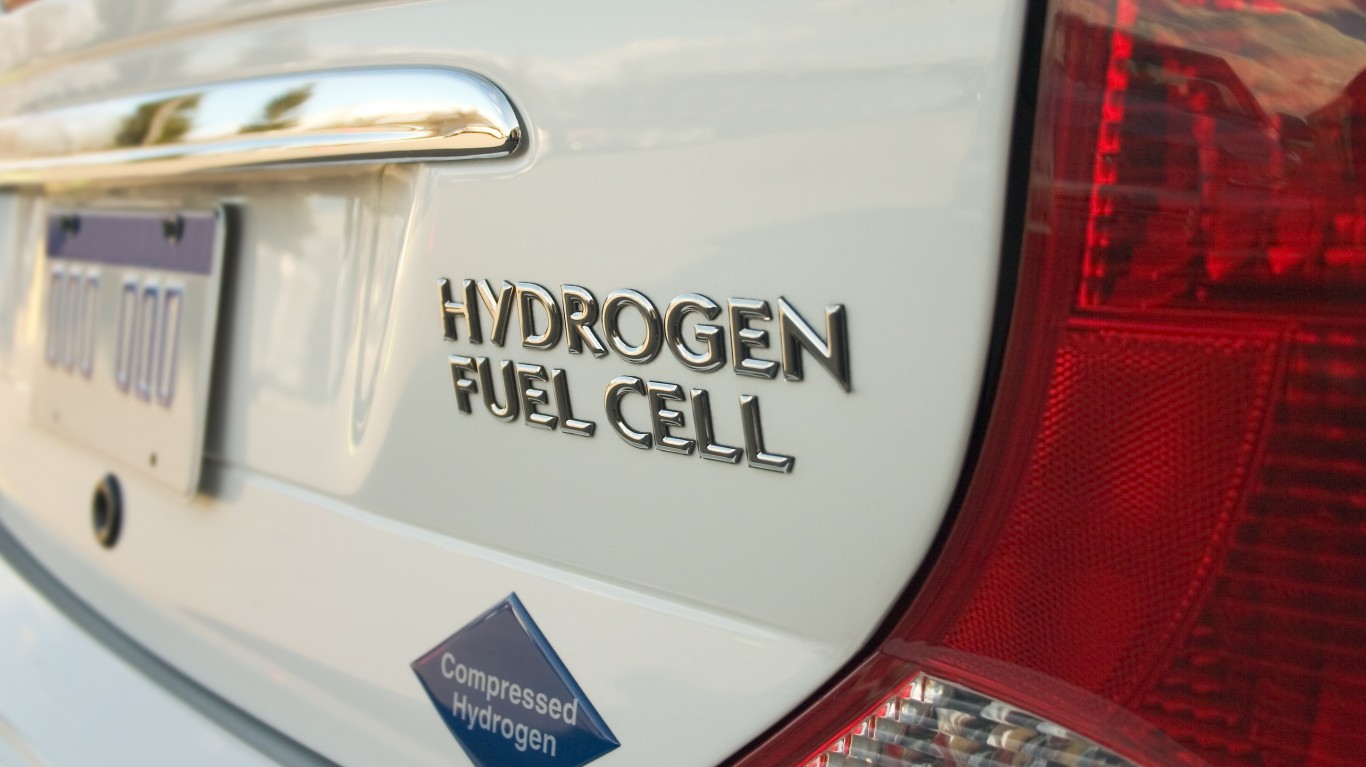Industrials
Why FuelCell Energy Got Hammered Early Thursday, and Why the Beating Stopped

Published:

Expectations for FuelCell Energy Inc.’s (NASDAQ: FCEL) fourth-quarter and full-year earnings results called for a smaller loss than in the prior year, but still well short of a profit. The shares tumbled almost 7.6% on Wednesday and had fallen by another 6.5% shortly after the opening bell Thursday.
Thursday morning, the company reported a fourth-quarter (ended in October) loss of $0.08 per share, compared to the consensus expectation for a loss per share of $0.04. For the full year, the loss per share totaled $0.42, slightly worse than the estimate of $0.38 per share. Even the larger losses were huge year-over-year improvements: 65% better for the quarter and 77% better for the year. The company attributed the smaller losses primarily to a higher weighted average of shares outstanding as a result of secondary stock offerings.
Revenue hit the consensus quarterly estimate of $17 million and came close to the $71 million estimate for the year, coming in at $70.87 million. Quarterly revenue was up 54% year over year and 17% annualized.
The big news for FuelCell Energy has to be the improvement in the balance sheet, which is set to get even better. The company netted $98.3 million in cash from a secondary offering completed in October and about $156.3 million from another offering after the quarter and fiscal year ended. After repaying debts totaling nearly $110 million, FuelCell Energy has an unrestricted cash balance now of $208.6 million.
Dressing up the balance sheet was one of the company’s goals for the year, the first part of a new strategy with the “key deliverable of building a solid financial foundation,” according to CEO Jason Few. He continued:
Having made progress toward this goal, and as we look toward the second year of our journey, we intend to focus on operational and commercial excellence, while maintaining prudent capital deployment, reducing our overall cost of capital and focusing on lean resource management, cost reduction opportunities, and developing and defining a clear strategic roadmap for the Company.
Performance metrics and balance sheet improvements aside, the company’s full-year backlog declined by 2.5% compared to the end of the prior fiscal year. The backlog total at the end of October was $1.29 billion, compared to $1.32 billion a year earlier. Lower hydrogen fuel prices caused the company’s generation division’s backlog to drop by 4.2% to about $1.1 billion.
As if to prove that nothing keeps a hot stock down for long, shares traded down less than 1% about an hour after Thursday’s opening bell. At $16.70, the stock traded inside the 52-week range of $1.00 to $20.94 and remains well above its consensus price target of $9.20.
By the end of the day, FuelCell Energy shares may even recover some of Wednesday’s loss.
The average American spends $17,274 on debit cards a year, and it’s a HUGE mistake. First, debit cards don’t have the same fraud protections as credit cards. Once your money is gone, it’s gone. But more importantly you can actually get something back from this spending every time you swipe.
Issuers are handing out wild bonuses right now. With some you can earn up to 5% back on every purchase. That’s like getting a 5% discount on everything you buy!
Our top pick is kind of hard to imagine. Not only does it pay up to 5% back, it also includes a $200 cash back reward in the first six months, a 0% intro APR, and…. $0 annual fee. It’s quite literally free money for any one that uses a card regularly. Click here to learn more!
Flywheel Publishing has partnered with CardRatings to provide coverage of credit card products. Flywheel Publishing and CardRatings may receive a commission from card issuers.
Thank you for reading! Have some feedback for us?
Contact the 24/7 Wall St. editorial team.